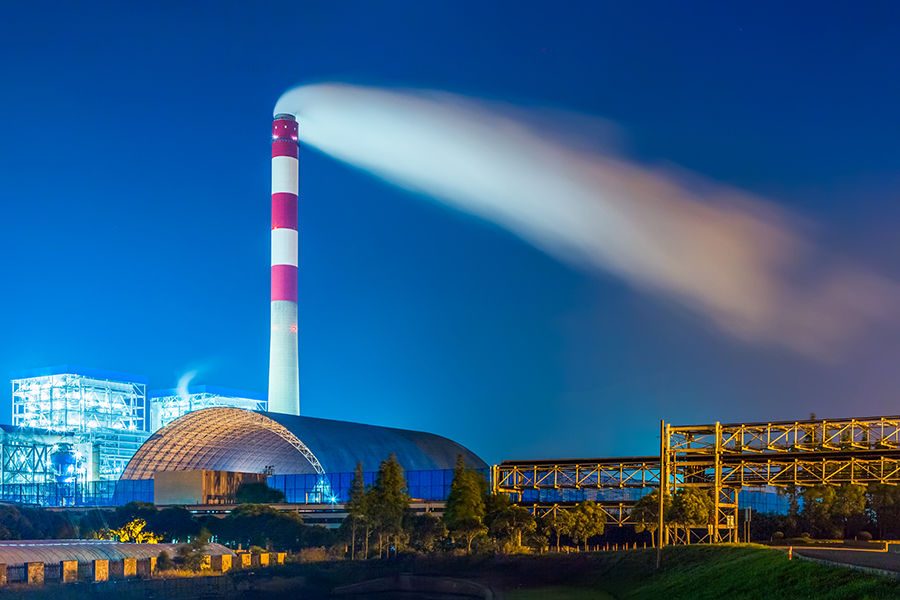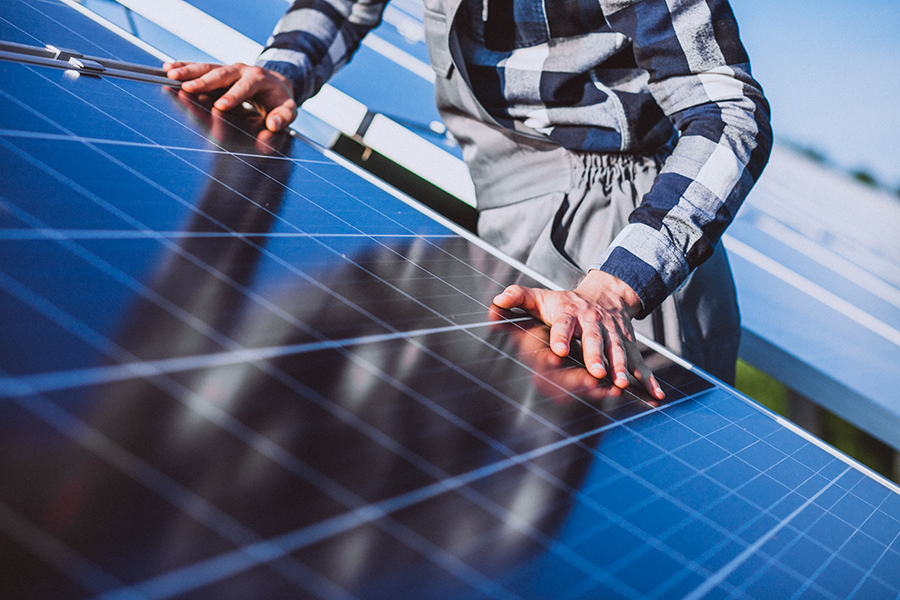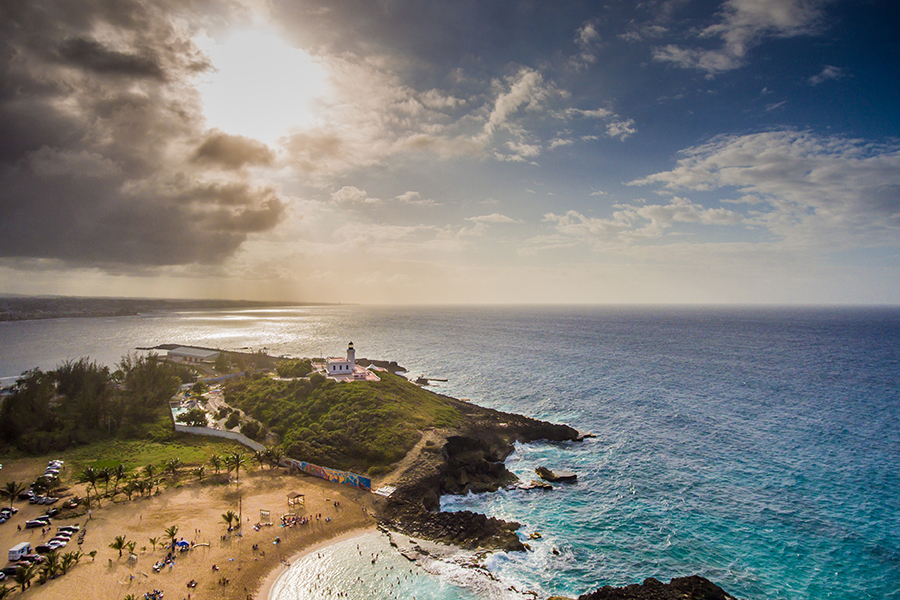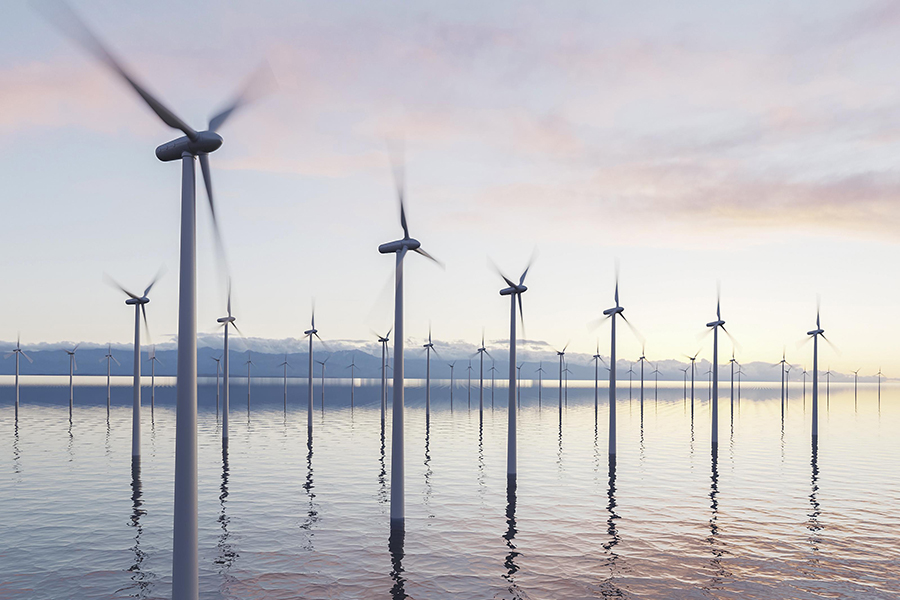Recent articles in the local press have publicized the government’s plans for the introduction of nuclear power plants to Sri Lanka with Russian support. A similar decision was taken way back in 2010 by the then President to bring nuclear power plants to Sri Lanka from South Korea.
By Professor I.M Dharmadasa, Sheffield Hallam University, UK
At the time, the APSL-UK responded to both GOSL and the IAEA Geneva, showing the unsuitability of installing nuclear power in Sri Lanka. This letter is a follow-up to that communication from the APSL-UK highlighting the scientific, economic, and social reasons why nuclear power plants are not suitable for Sri Lanka.
(1) Is Nuclear Energy Clean or Renewable?
Nuclear technologists claim nuclear energy as a “Green Energy”. This is correct only during the power production period, but carbon dioxide is emitted during (i) uranium mining and purification, (ii) long years of building the power station with metal and concrete, and (iii) de-commissioning of the power station at the end of its lifetime. It also produces radio-active waste product which requires careful management over thousands of years. Therefore, in total consideration, nuclear energy is “Not a Green Energy”. Definitely it is not also a “Renewable Energy Source” like Solar, Wind and biofuel.
(2) Can Sri Lanka Afford Nuclear Plants?
Building an average nuclear power plant takes about 5-8 years and costs 2-5 billion US dollars. Mini nuclear power stations may cost less but will be in the same order of magnitude.
In 2022, Sri Lanka was unable to pay back debt that fell due, which resulted in the country being declared bankrupt and the economy contracted by 9.3%. The country has to pay back between 5 – 6 billion dollars each year from 2023 to 2029/30. But so far, the govt has taken no steps to increase the country’s income.
Taking on more loans is not in the best interest of the country. Given the public perception of corruption in the country, there is strong reason to believe that this proposal is motivated by the personal benefits that may be accrued by advisors, promoters, politicians and bureaucrats who have their own “selfish” agendas
The UK’s experience with Sellafield nuclear power plant during its current decommissioning shows that this process will take at least 30 years due to the clean-up of the radio-active surroundings; resulting in the cost of decommissioning running many times than that of the original commissioning cost.
Therefore, nuclear waste processing will have to continue beyond the lifetime of the plant; but Sri Lanka has no facilities nor the know-how to carry this out.
This is a long-term plan at best unless we want to further increase the country’s external dependence. The country’s energy requirement is urgent and immediate. This can be achieved easily by developing the country’s renewable energy potential. Millions of jobs could be created at the same time. Our leaders have committed to UN climate treaties to
increase the renewable energy contribution (including hydro) by 70% by 2030, and by 100% by 2050. Nuclear is not even mentioned in these UN treaties.
We understand from the local press that Russia has promised to take back the nuclear waste. If accepted, this will embroil Sri Lanka in Russia’s geo-politics and compromise the country’s neutrality/nonaligned status. This is not advisable for Sri Lanka.
What would happen if Russia refuses to take our nuclear waste? In the case that Russia refuses to take back this waste, Sri Lanka will be in a catastrophic position.
The life cycle of a nuclear plant starts when building work starts and ends after decommissioning has been completed. Sadly, those promoting nuclear plants only talk of the setting up costs and the lack of carbon emissions when producing energy, but do not refer to the enormous costs of decommissioning. The Sri Lankan economy is too small to invest billions of dollars towards nuclear power plants.
(3) Do we have the required infra-structure and human capacity?
Building and running nuclear plants in Sri Lanka requires high level infrastructure and the human capacity. Unfortunately, we do not have any of these at present. Sri Lankan society has trained a hand full of academics at PhD level in nuclear energy.
Their duty should be to educate the leaders and the masses showing advantages and disadvantages of this technology for capacity building for future requirements. Having a few nuclear energy PhD holders in the country, does not fulfill the requirements for running nuclear plants in Sri Lanka.
We will have to depend on Russian builders and well-trained Russian technicians to run these plants. They may train some Sri Lankans to carry out low-level activities, but this does not help employment creation in the country. So, in Sri Lanka, we do not have required infra-structure or the human capacity to build, run and maintain nuclear plants.
Our young Sri Lankans are highly knowledgeable, and when trying to select a site for a nuclear plant, another country-wide unrest might develop. Sri Lanka has suffered several problems in the past and we should avoid any such unrest in our country.
Imagine a nuclear accident in Sri Lanka and having to evacuate a huge fraction of the population to other parts. In an island nation with high population density, this will be un-imaginable.
For the past 37 years, the Chernobyl accident resulted in a vast amount of land not being suitable for human habitation. For land-rich countries like US, Russia, China and India, these situations can be manageable, but Sri Lanka cannot even think about that situation.
(4). Do we have security and discipline required to run nuclear plants in Sri Lanka?
Nuclear plants for energy production are highly appropriate for well-developed countries with established high security and discipline. Nuclear plants must be protected from unfortunate terrorist attacks.
However, natural disasters like earthquakes and tsunamis are beyond human control and all countries have to live with that risk. Sri Lanka has experienced a huge tsunami in the recent past and we should be fully aware of this natural disaster.
Since we do not have the same level of high security, discipline and are at risk of possible natural disasters, we must avoid introducing these high-risk technologies to Sri Lanka.
(5) Can we manage nuclear waste and handle nuclear accidents?
Sadly, the Sri Lankan system cannot manage even our domestic waste, and we experience road sides full of waste, with waste mountains emerging at different sites in the country.
How can we manage radio-active nuclear waste in Sri Lanka? Do we have to live with the promise of Russia taking our nuclear waste to their country? Any geo-political conflict in the future could put us in a real danger, living with cancer causing radio-active nuclear waste around us.
In addition to the un-satisfactory nuclear waste issue, three of the most recent nuclear accidents highlight the dangers of power generation using nuclear fission. Three-mile Island/USA (1979), Chernobyl/Ukraine (1986) and Fukushima/Japan (2011) accidents are some of the latest but there were three more nuclear incidents prior to these in the USA.
Countries like USA, Japan, Ukraine/Russia with highest security couldn’t prevent these nuclear accidents. When the Fukushima accident happened in 2011 due to a natural disaster (tsunami), the Chancellor of Germany, Angela Merkel made the decision to close down all 17 nuclear power plants in Germany.
This is because, as a scientist with a PhD in Physics, she understood the damage it could do to the people in her country. This is a good example for authorities who make major decisions which have long term consequences for their countries.
(6) The way-forward with Renewables, without nuclear plants in Sri Lanka
A tropical Sri Lanka is blessed with numerous indigenous and safe energy sources in the country. A technology mix with Hydro, Bio-Mass, Bio-Gas, Solar, Wind, and limited fossil fuel can easily power Sri Lanka. With a well-planned strategy, renewables can be accelerated, and the fossil fuel can be gradually phased-out to solve the energy issue in the country as pledged by our leaders at Glasgow COP-27 Summit in 2021.
In order to remove the problems of intermittency of Solar and Wind, green-hydrogen production using electrolysis of water is already coming. Green-hydrogen will be the energy storage and the energy career and can burn at any time when energy is required.
It produces water vapour instead of emitting green-house gases, such as carbon dioxide. If we can spend 5 billion US dollars (the cost of one nuclear plant) towards renewables in the country, Sri Lanka will become a “Renewable Energy Island” attracting tourists from round the globe.
Moving towards electric vehicles, like the rest of the world, would also allow Sri Lanka to reduce the import bill of petrol and diesel. High capacity, electricity storage battery systems are also being developed with new technology and are expected to be cheaper than the cost of nuclear plants.
Due to all of these reasons, Sri Lanka should not consider nuclear energy as a suitable power source, since it will likely create huge security, financial and technical problems in the coming decades. These will be in addition to all the other existing problems affecting the Sri Lankan economy and its social fabric at present.
We should not make decisions for Sri Lanka due to external pressures from the outside These countries are mainly trying to sell their products and create employment for their people. If the technology is not right for Sri Lanka, we should say NO THANK YOU without any hesitation.
Therefore, on behalf of all Sri Lankans who live within and outside the country we urge our authorities to consider all the points mentioned above before moving further with these plans.
I.M Dharmadasa is Professor Emeritus, Sheffield Hallam University, United Kingdom (Ex-President of APSL-UK during 2009-2011, on behalf of the current APSL-UK executive committee). APSL-UK website: www.apsl.org.uk
Source: This article was originally published in the Island, Sri Lanka. [IDN-InDepthNews]






